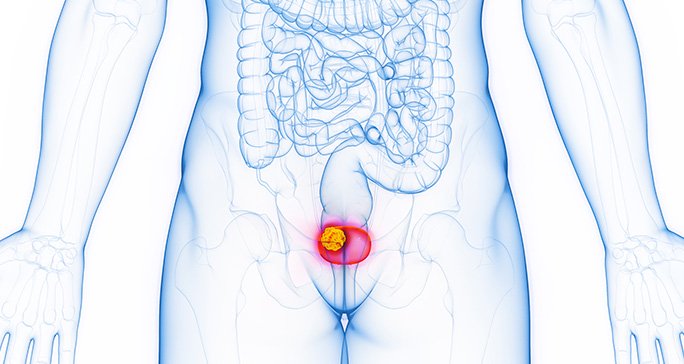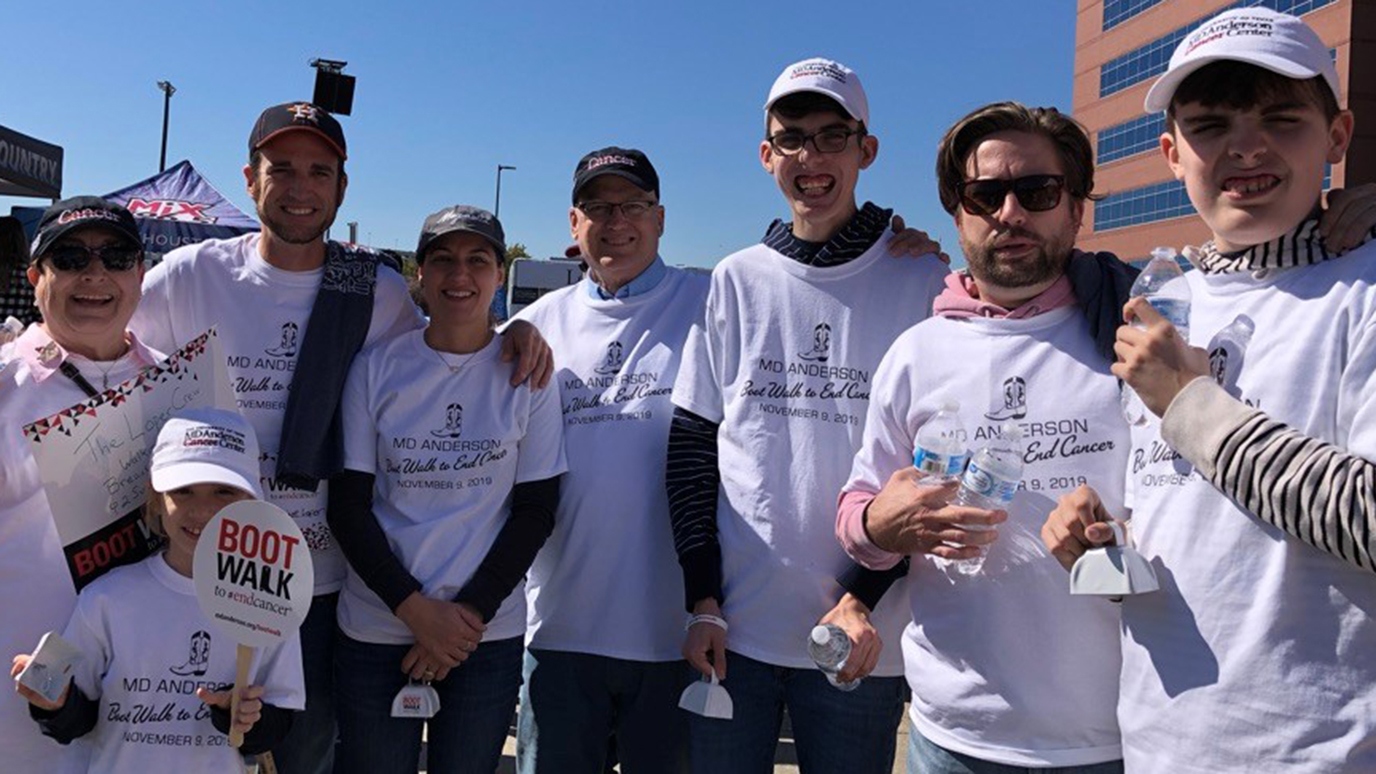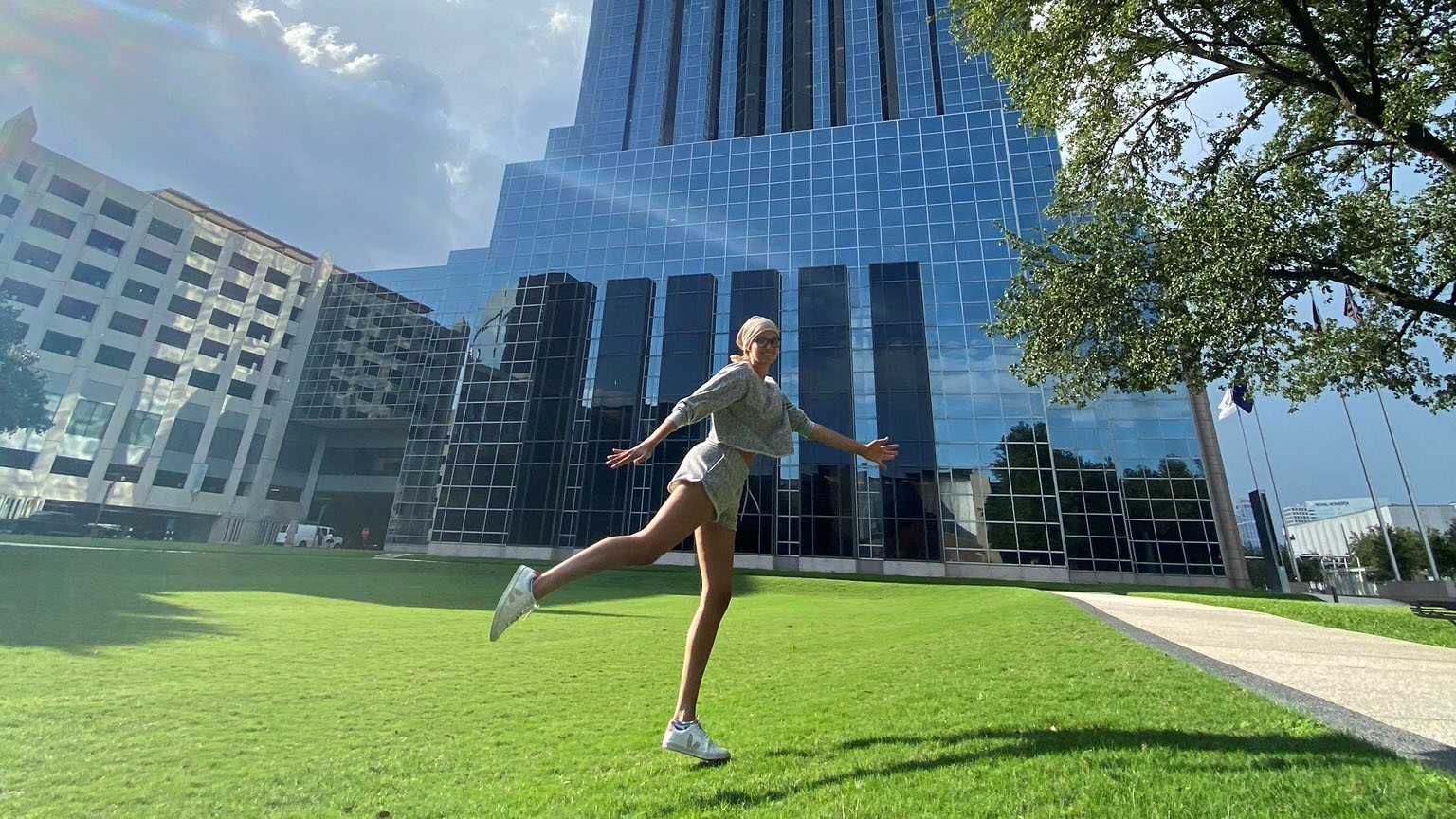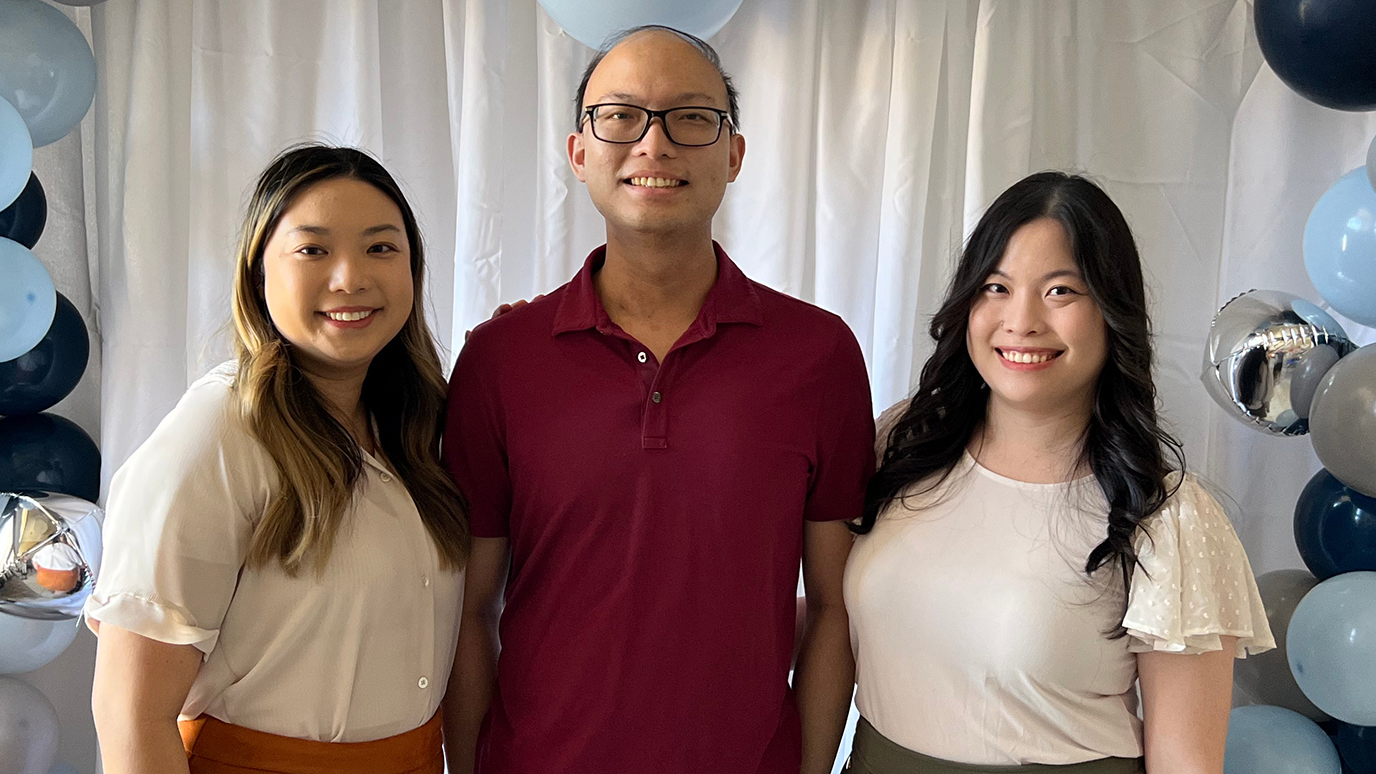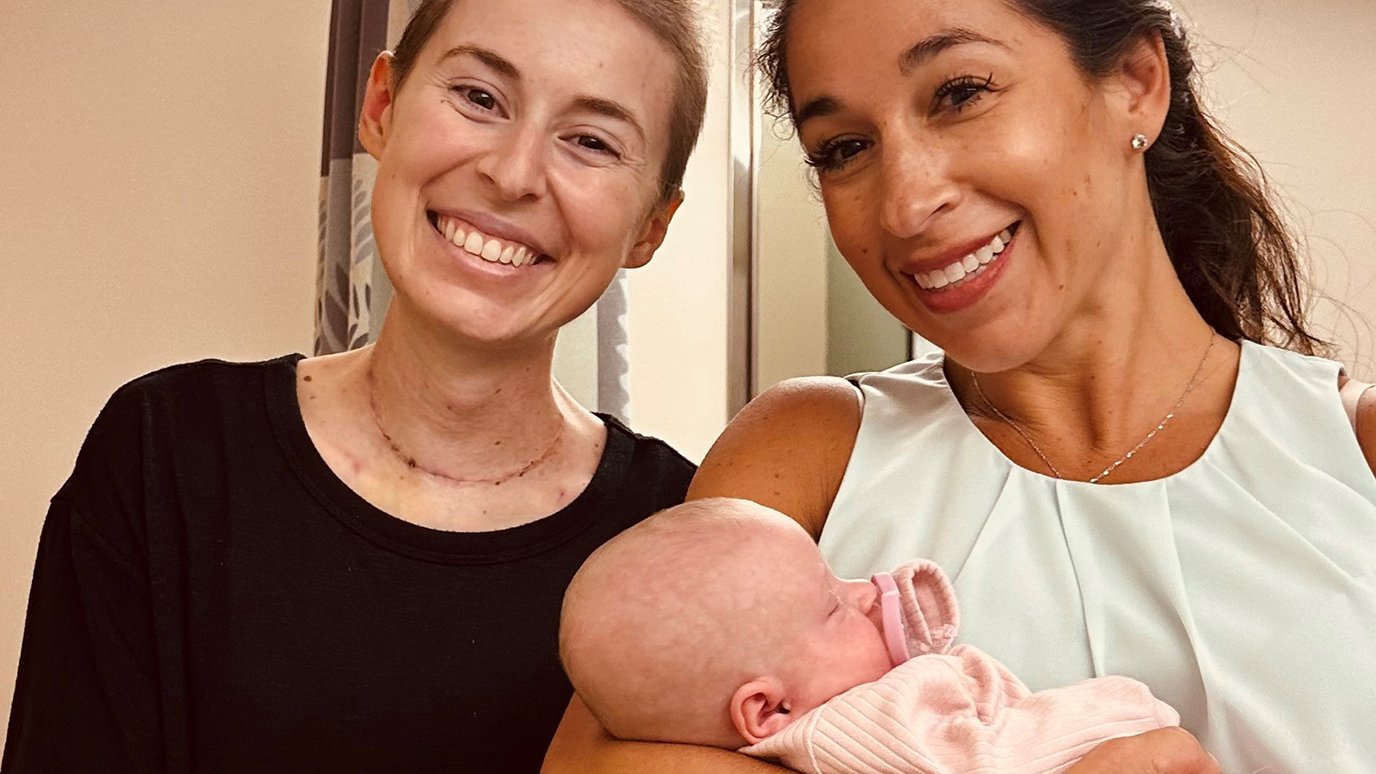- Diseases
- Acoustic Neuroma (14)
- Adrenal Gland Tumor (24)
- Anal Cancer (66)
- Anemia (2)
- Appendix Cancer (16)
- Bile Duct Cancer (28)
- Bladder Cancer (66)
- Brain Metastases (28)
- Brain Tumor (228)
- Breast Cancer (716)
- Breast Implant-Associated Anaplastic Large Cell Lymphoma (2)
- Cancer of Unknown Primary (4)
- Carcinoid Tumor (8)
- Cervical Cancer (154)
- Colon Cancer (164)
- Colorectal Cancer (110)
- Endocrine Tumor (4)
- Esophageal Cancer (42)
- Eye Cancer (36)
- Fallopian Tube Cancer (6)
- Germ Cell Tumor (4)
- Gestational Trophoblastic Disease (2)
- Head and Neck Cancer (6)
- Kidney Cancer (124)
- Leukemia (344)
- Liver Cancer (50)
- Lung Cancer (288)
- Lymphoma (284)
- Mesothelioma (14)
- Metastasis (30)
- Multiple Myeloma (98)
- Myelodysplastic Syndrome (60)
- Myeloproliferative Neoplasm (4)
- Neuroendocrine Tumors (16)
- Oral Cancer (100)
- Ovarian Cancer (170)
- Pancreatic Cancer (166)
- Parathyroid Disease (2)
- Penile Cancer (14)
- Pituitary Tumor (6)
- Prostate Cancer (144)
- Rectal Cancer (58)
- Renal Medullary Carcinoma (6)
- Salivary Gland Cancer (14)
- Sarcoma (236)
- Skin Cancer (294)
- Skull Base Tumors (56)
- Spinal Tumor (12)
- Stomach Cancer (60)
- Testicular Cancer (28)
- Throat Cancer (90)
- Thymoma (6)
- Thyroid Cancer (98)
- Tonsil Cancer (30)
- Uterine Cancer (78)
- Vaginal Cancer (14)
- Vulvar Cancer (18)
- Cancer Topic
- Adolescent and Young Adult Cancer Issues (20)
- Advance Care Planning (10)
- Biostatistics (2)
- Blood Donation (18)
- Bone Health (8)
- COVID-19 (362)
- Cancer Recurrence (120)
- Childhood Cancer Issues (120)
- Clinical Trials (624)
- Complementary Integrative Medicine (24)
- Cytogenetics (2)
- DNA Methylation (4)
- Diagnosis (228)
- Epigenetics (6)
- Fertility (62)
- Follow-up Guidelines (2)
- Health Disparities (14)
- Hereditary Cancer Syndromes (122)
- Immunology (18)
- Li-Fraumeni Syndrome (8)
- Mental Health (118)
- Molecular Diagnostics (8)
- Pain Management (62)
- Palliative Care (8)
- Pathology (10)
- Physical Therapy (18)
- Pregnancy (18)
- Prevention (890)
- Research (390)
- Second Opinion (74)
- Sexuality (16)
- Side Effects (602)
- Sleep Disorders (10)
- Stem Cell Transplantation Cellular Therapy (216)
- Support (404)
- Survivorship (322)
- Symptoms (184)
- Treatment (1770)
Non-Hodgkin lymphoma survivor: Why I traveled more than 7,000 miles from Jordan for cancer treatment
BY Omar Dirani
4 minute read | Published May 02, 2022
Medically Reviewed | Last reviewed by an MD Anderson Cancer Center medical professional on May 02, 2022
I had symptoms of non-Hodgkin lymphoma in the spring of 2008, though I didn’t recognize them at the time. The first was a severe headache, which was initially diagnosed as a migraine. The second was a persistent dry cough, which was diagnosed as asthma.
Later, I started losing weight and sweating profusely at night. But it didn’t occur to me to mention these things to my doctors. I just thought my new diet was finally working. And I had no idea that night sweats could be a sign of cancer.
When my pain medication and inhalers stopped working, I went to a local emergency room. An X-ray revealed a mass in my chest. It turned out to be diverse, large B-cell lymphoma, a type of non-Hodgkin lymphoma.
How I got to MD Anderson
I’m not the first person in my extended family to be diagnosed with cancer. So, when it happened to me, I tried to stay positive. I thought, “OK. This is a disease. That means it can be treated.”
I went home to Jordan to start chemotherapy, because it’s not far from where I was working at the time. It also has the best medical center in the region. There, I completed six cycles of “R-CHOP,” which stands for rituximab, cyclophosphamide, hydroxydaunorubicin hydrochloride, vincristine (Oncovin) and prednisone.
After that, I went to MD Anderson, because my Jordanian doctors wanted me to have radiation therapy, too. And they said MD Anderson was the absolute best place to get it. Houston is more than 7,000 miles from Jordan, but I trusted my doctors. So, I took their advice and made arrangements to travel to Houston. I’m so glad I did.
My non-Hodgkin lymphoma treatment
At MD Anderson, I met first with radiation oncologist Dr. Bouthaina Dabaja. She recommended one more round of R-CHOP before starting radiation therapy. I finished the last round of R-CHOP in August 2008. Unfortunately, I had to stop my radiation treatments early, because tests showed that the lymphoma had spread.
The cancer was now in three different spots in the lining of my brain, making it leptomeningeal disease. To treat it, lymphoma specialist Dr. Luis Fayad prescribed a type of chemotherapy that could be applied directly to those areas, through an implant in my head called an Ommaya reservoir. Neurosurgeon Dr. Jeffrey Weinberg installed the implant in October 2008.
The final step in my cancer treatment was a stem cell transplant under Dr. Issa Khouri, who specializes in those procedures. To prepare for the transplant, I needed a very strong chemotherapy regimen called BEAM, which stands for carmustine (BiCNU), etoposide, cytarabine (Ara-C) and melphalan.
After that, we looked for a bone marrow donor, but couldn’t find a good match. I ended up having to use my own cells for the transplant, which took place on March 11, 2009.
Challenges during non-Hodgkin lymphoma treatment
The hardest part of my non-Hodgkin lymphoma treatment was the BEAM chemotherapy. Dr. Fayad warned me that all the chemo I’d had before would be nothing compared to this. It came in a very small bag, he explained, but it packed a real knockout punch.
By then, I’d already had several rounds of chemo that required me to wear a pump at home, so I thought he must be exaggerating. But he was right. I spent the next 21 days in the hospital. Thankfully, I recovered completely, and was able to have the stem cell transplant.
The thing that bothered me most during cancer treatment was actually kind of funny. I’m an engineer, so I like symmetry. But the Ommaya reservoir was installed on only one side of my head. So, my first reaction to seeing it in the mirror was, “Wait. Can’t I have another one just like it on the other side?”
My life today and what I’ve learned
It’s been 13 years now since I finished all my cancer treatments. I’m doing really well. I’m back to all of my usual activities, including working full-time and playing soccer. That really is an incredible feat when you think about it. Because Dr. Dabaja told me several years after I’d achieved remission that my initial prognosis was very poor, once the cancer had spread to my liver and brain. So, it truly is a miracle that I’m alive at all, much less 14 years after my diagnosis.
That’s why I made a donation to MD Anderson to support Dr. Dabaja’s research. I believe in giving back. And MD Anderson saved my life, so it’s the least I can do.
Overall, I feel like cancer has had a positive impact on my life. Because it made me realize the importance of family and friends, and that I needed to spend more time with them. Cancer also taught me that life is short, so I need to make the best of it. Thanks to God and my amazing doctors at MD Anderson, I’ve been in remission for more than a decade. So, that’s exactly what I’ve been doing.
Request an appointment at MD Anderson online or by calling 1-866-586-0761.
Related Cancerwise Stories

Life is short, so make the best of it.
Omar Dirani
Survivor

